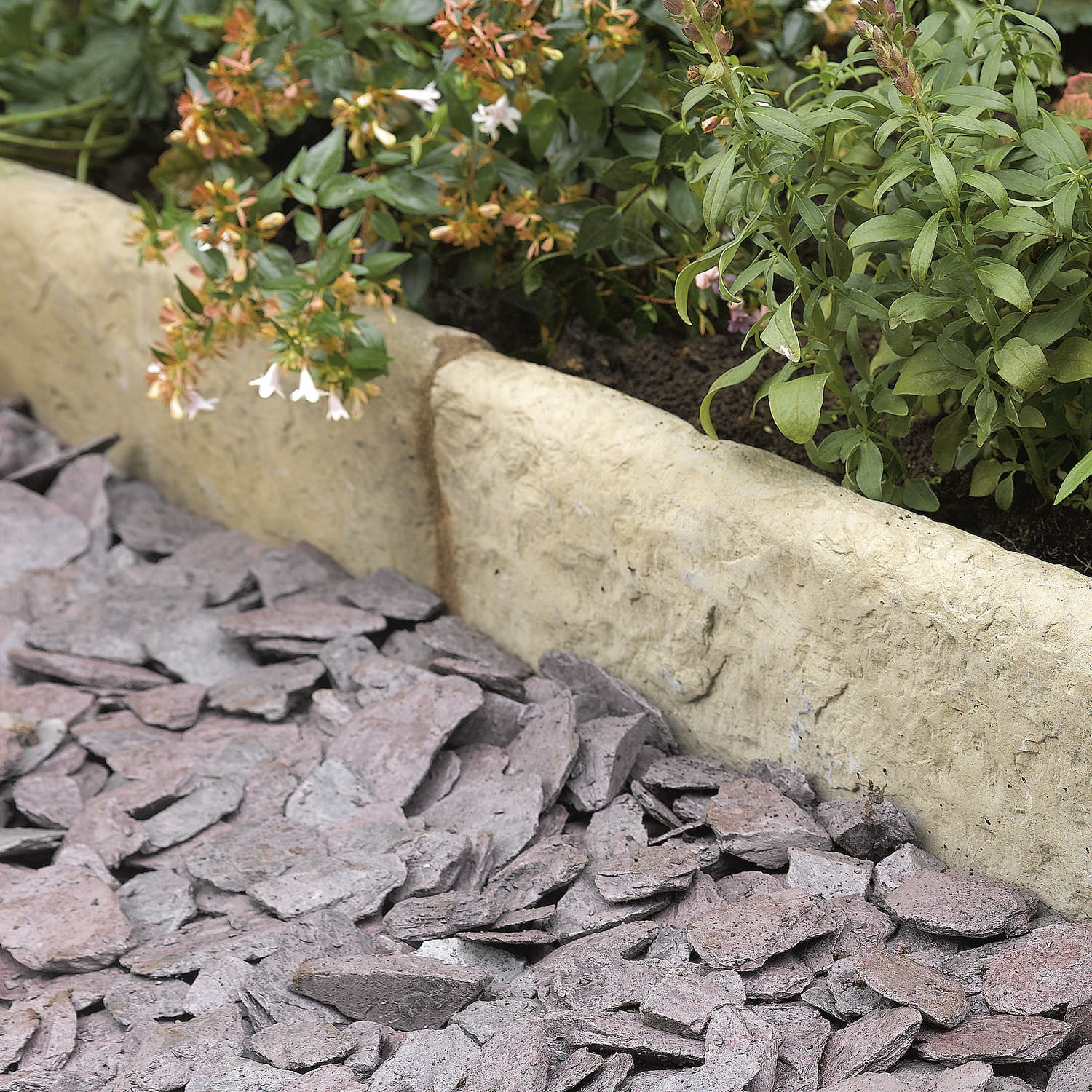
How To Use Garden Edging Stones To Spice Up Your Outdoor Space
Are you looking to elevate your outdoor space to the next level? Then garden edging stones are a wonderful way to start. With a little creativity, you can transform your outdoor look.
A good garden edging stone can complement your beautiful greenery. They’ll draw attention to your handiwork and provide a gorgeous contrast. Even when you use them for dividing, they can deliver an aesthetic statement on their own.
We know you’re looking for some inspiration. Or that one garden edging stone that hooks you in. Or even a beautiful and personalised edging created for you. That’s why we’ve compiled a list of garden edging stones that you can use right now.
So, what are you waiting for? Read on to find out how you can turn your outdoor space into a work of art.
The most popular stones
By far, limestone and sandstone are the most popular options. Other options include Yorkstone, flagstone, or slate. Each of them has its unique perks and attributes.
Limestone is great if you want subtle textures and ridges. Their hues range from buttermilk to blue-grey to dark grey. With these two features, they are excellent to draw attention to your greenery.
Sandstone is a wonderful option if you want more diversity in your edging. Since they have a granular structure, they can take on many shades. You can find stones ranging from earthy reds, muted greys, creamy beige, to even faded blue. Their patterns are also unique, allowing more room for personalisation.
Of course, looks aren’t everything. You want garden edging stones that will weather well. Maintenance must be easy and streamlined. There must be no risk of soil damage.
Sandstone is not as durable as concrete or marble. But they can last you a long time if you take care of them. They are great with soil and pose no discernible risk. Be careful with direct water, though. Sandstone can absorb water pretty well. This can ruin their quality and make them slippery.
Limestone is not as durable as sandstone. Because it is a softer stone, you can have them cut in various shapes. But this comes at the cost of endurance and increased maintenance. If you’re up to the task, then this is a worthy trade-off.
Using Garden Edging Stones for different garden styles
There are a wealth of options available. So we encourage you to use your imagination. Research about the different stones and their pros and cons. The possibilities are never-ending. You can have a unique design on your hands that no one else does. But there are some great ideas to get you started.
Cottage Style
If you have a cottage style home or courtyard, then these garden edging stones are amazing. Cottage style outdoor gardens benefit a lot from texture and rich, earthy shades. One way to spice the space up is to use cobblestone edging.
There are many cobblestone sets you can choose from. You’ll find them using a bit of limestone, sandstone, slate, or even clay. You can opt for a mix of all four, or choose to focus on one or two. One great advantage of using a mix of stones is customizability. You can create unique patterns for different parts of your garden. It’s a level of freedom that’s hard to get elsewhere.
These cobblestone sets introduce great texture on your surfaces. You can get a rustic look full of depth and different flavours. When you use them with greenery, the contrast is breathtaking. They make your garden hues pop with vibrancy. The cobblestone hues blend well with existing properties to give an understated look.
Natural or Traditional Gardens
When done right, natural garden edging offers a timeless look that calms the soul. On top of that, they wear off and get better with age. Yorkstone and flagstone are two stunning options that take on a new character as they age. It’s an excellent investment for a beautiful look that’ll last you years. That’s why many homeowners are opting for natural garden edging stones.
You can use natural garden edging stones on a range of outdoor spaces. They work best when combined with antique architecture or furniture. Sculptures or rustic works of art are also great with this edging. But you’re not only restricted to these spaces. You can even use natural garden edging with modern greenery and landscaping. It’s a wonderful contrast that works well with each other.
Popular natural garden edgings stones include limestone, sandstone, and slate. Limestone is great for a Tuscan countryside aesthetic. Sandstone can take on many hues to suit your needs. You can also arrange them in many patterns and textures. Slate is an all-rounder that looks good no matter where you put it.
If you’re feeling frisky, you can even opt for a natural wood effect. Many stones are great for this. These emulate the look of natural wood without the hassle of maintaining them.
Modern Garden Spaces
Clean lines, sleek designs, and sharp geometry define modern garden spaces. That’s why you need garden edging stones that enhance these features. While natural stones look great, you’re better off with other faux stones.
Faux stones can emulate many looks. Their uniformity with subtle differences in hues is a great feature. The greyscale aesthetic punctuated with muted browns is perfect for a modern setting. They have sharp lines and geometry that blend well with modern edging and patio spaces.
These stones come in different shapes and sizes. You can have a tall or short edging based on your needs. The added dimensions make your garden look multi-layered and sophisticated. You can mix and match different edging heights to great effect.
Conclusion
Garden edging stones are an easy hack to elevate your garden spaces. With a few simple steps, you can create a unique and eye-catching garden space. We gave you an idea of which stones go best with different garden spaces. But that’s just the tip of the iceberg. We hope this guide helped you in jumpstarting your research to pick the best garden edging stone.


Recent Comments